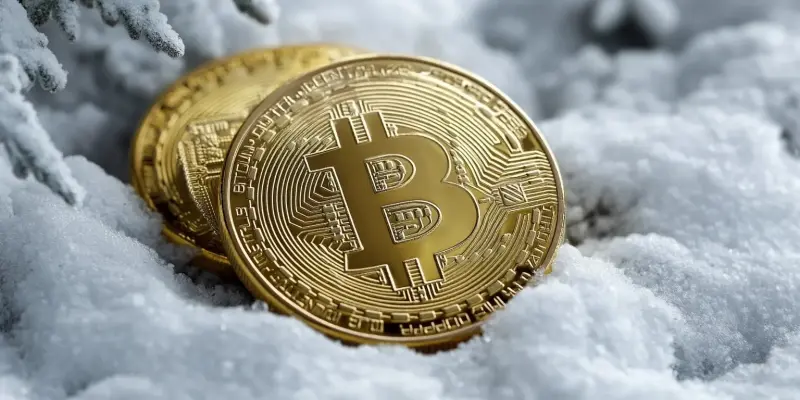XRP, the digital currency crafted by Ripple Labs, is rising as a formidable contender in revolutionizing the global financial system, signaling a departure from traditional ways. This rise has garnered the attention of investors, financial institutions, and governments around the world. The promise of streamlined cross-border transactions, reduced fees, and near-instantaneous settlements provides a tempting glimpse into what the future of finance could look like. However, the journey to such a revolutionary financial system isn’t without its hurdles and challenges. The interplay of regulatory actions, technological advancements, and environmental concerns reflects the complexities involved in integrating XRP and other cryptocurrencies into the existing financial framework.
Regulatory Influence on XRP’s Adoption
The influence of impending regulatory changes on the adoption of XRP can be felt throughout the financial sector, contributing to excitement among investors. Financial authorities are now actively considering how digital assets like XRP could become part of the regulated financial system, enhancing investor confidence. Clearer guidelines and policy frameworks are anticipated, which could result in wider acceptance and adoption of digital assets. This, in turn, might bolster the value of XRP as both retail and institutional investors gain clarity and trust in the regulatory environment surrounding cryptocurrencies. With the right regulatory support, XRP might just pave the way for a more robust and streamlined financial ecosystem.
However, the path to regulatory clarity is not straightforward. XRP has faced legal challenges from the U.S. Securities and Exchange Commission (SEC), creating uncertainty in the market. Despite these legal battles, XRP has shown remarkable resilience, suggesting a broader acceptance that transcends the courtrooms. This tenacity signifies a potential paradigm shift in global financial perceptions, where cryptocurrencies are no longer viewed solely as speculative assets but as legitimate instruments for financial transactions. As more countries and financial bodies contemplate integrating XRP, the dynamics of the global financial landscape could be transformed, leading to a more inclusive and interconnected economy.
Technological Innovations and XRP
Technological advancements play a pivotal role in the utility and adoption of XRP, particularly in the realm of cross-border transactions. The ability of XRP to facilitate near-instant settlement times, compared to the cumbersome processes of traditional banking systems, offers a substantial competitive advantage. This efficiency is further enhanced through the development of smart contracts and interoperability with other blockchain systems. As these technologies evolve, so too does the potential for XRP to become an integral part of decentralized finance (DeFi) applications, allowing for more secure, transparent, and efficient financial services.
Furthermore, innovations such as Ripple’s consensus algorithm offer promising strides towards sustainability, addressing one of the primary criticisms of cryptocurrencies: their environmental impact. By minimizing the energy consumption typically associated with blockchain transactions, XRP could offer a more eco-friendly option for digital finance. Collaboration with renewable energy projects and further advances in energy-efficient technologies also support Ripple’s commitment to sustainability. These efforts not only bolster the environmental credentials of XRP but also align with global movements toward greener financial solutions. This sustainable approach will be crucial in ensuring the long-term viability and acceptance of XRP in mainstream financial systems.
The Future of Global Financial Systems
XRP, the digital currency developed by Ripple Labs, is emerging as a strong force in transforming the global financial system, marking a shift away from traditional methods. This emergence has attracted the attention of investors, financial institutions, and governments worldwide. The potential for streamlined cross-border transactions, lower fees, and near-instant settlements offers an enticing preview of future financial landscapes. Nonetheless, the path to establishing such a groundbreaking financial system is fraught with obstacles and challenges. The dynamics of regulatory actions, technological advancements, and environmental issues highlight the complexities of integrating XRP and other cryptocurrencies into the existing financial structure. Moreover, attaining global acceptance and addressing security concerns are additional hurdles that must be overcome. As the financial world continues to evolve, the interplay between these factors will play a crucial role in determining XRP’s place in the future of finance. The journey is uncertain, but the potential outcomes could be transformative.

